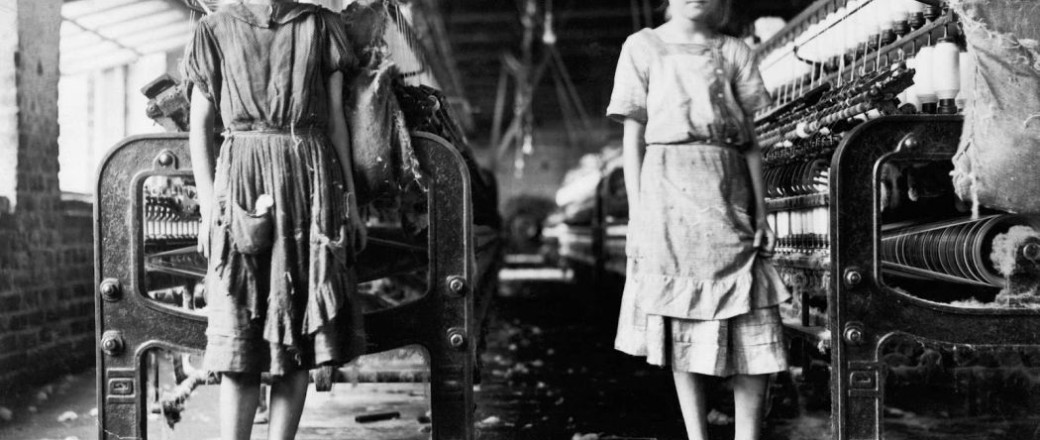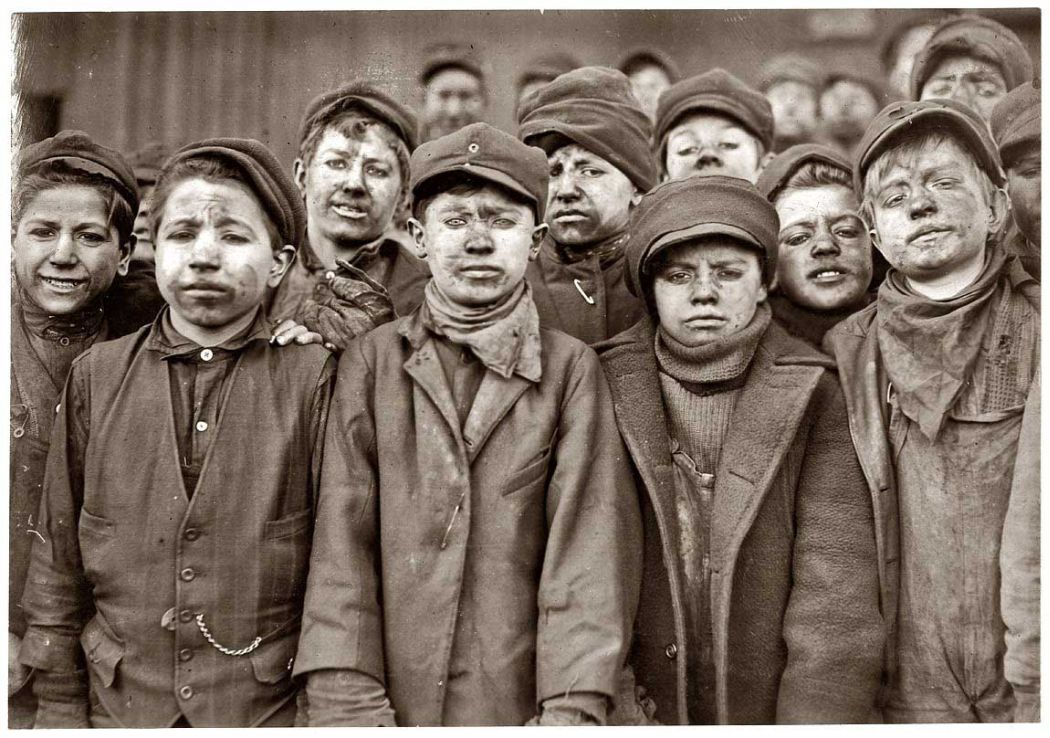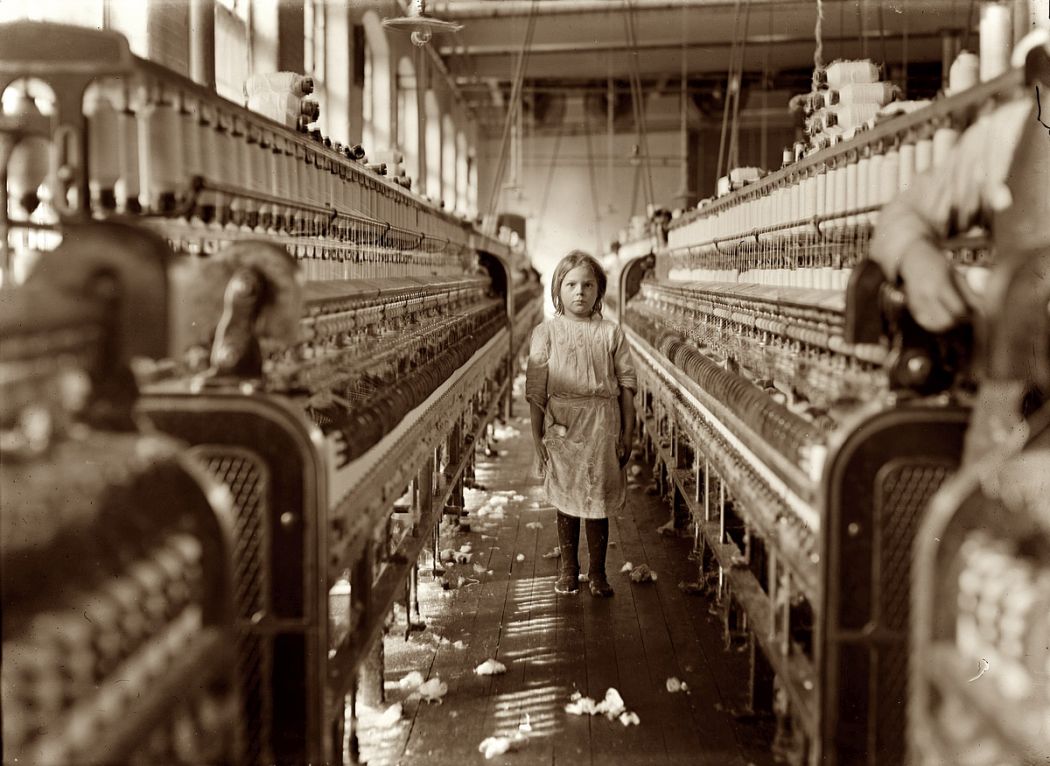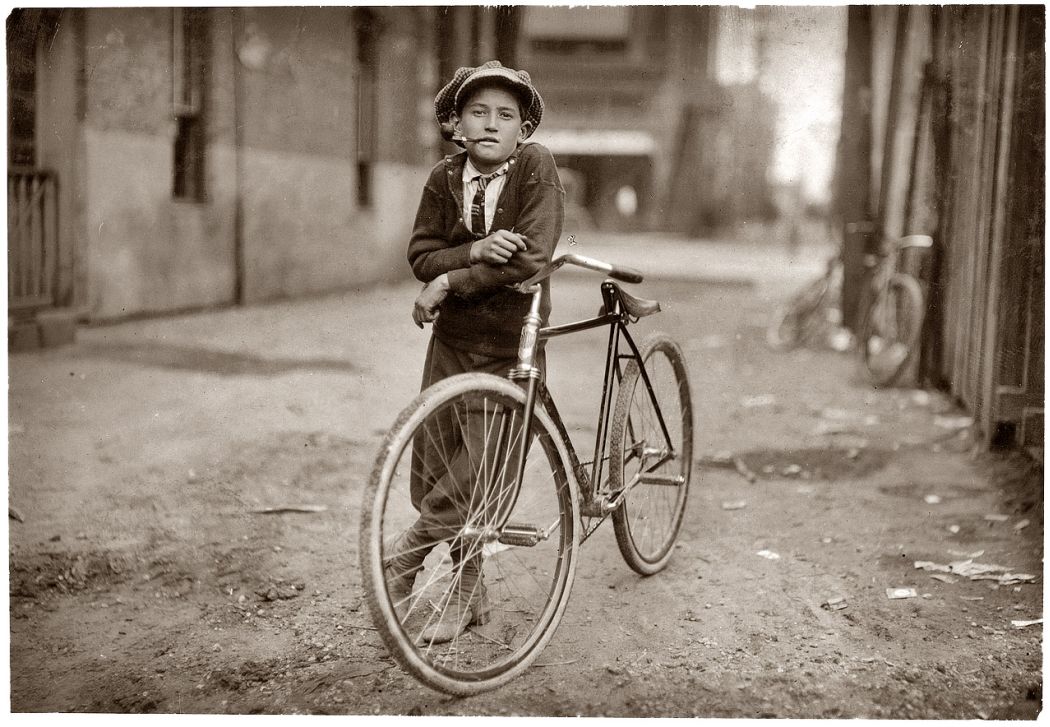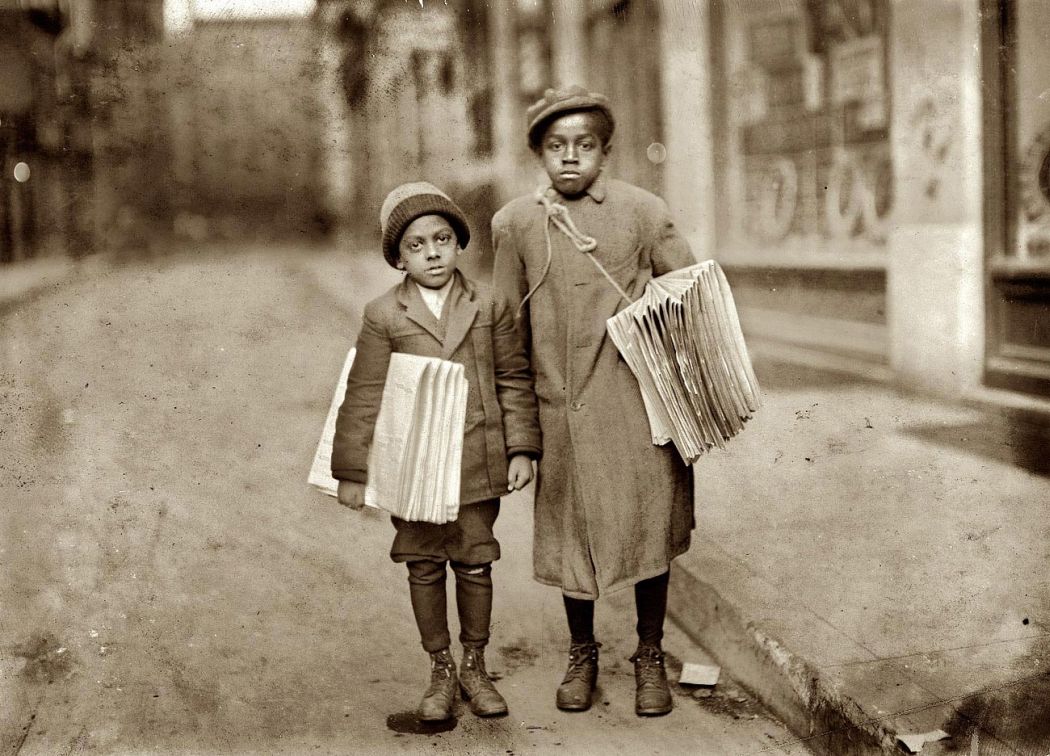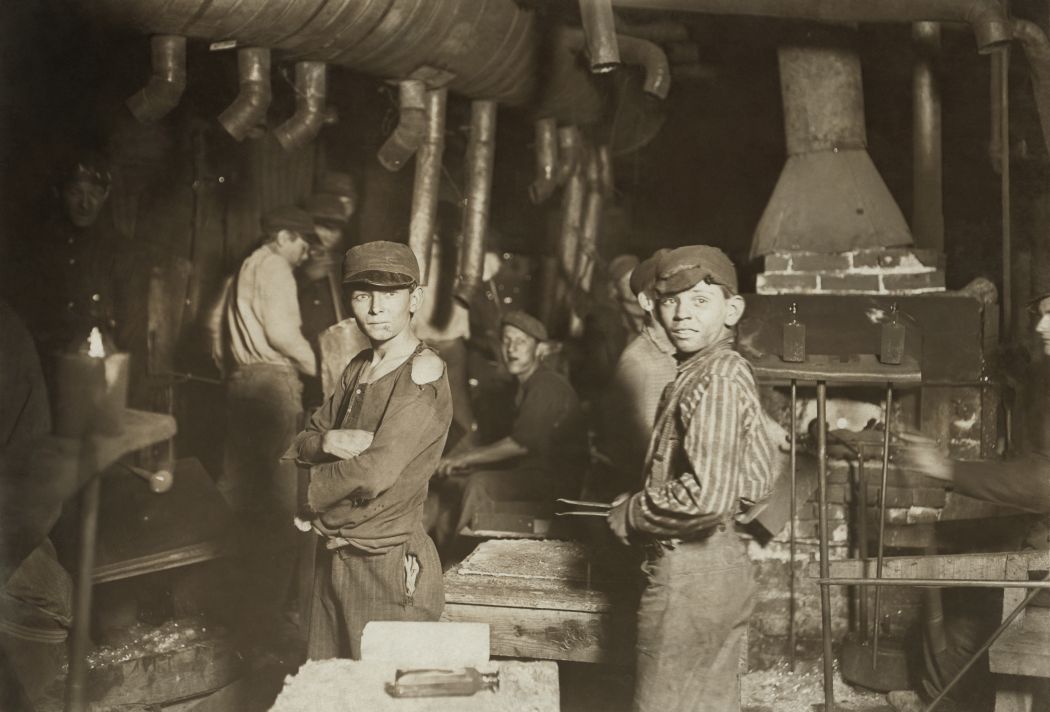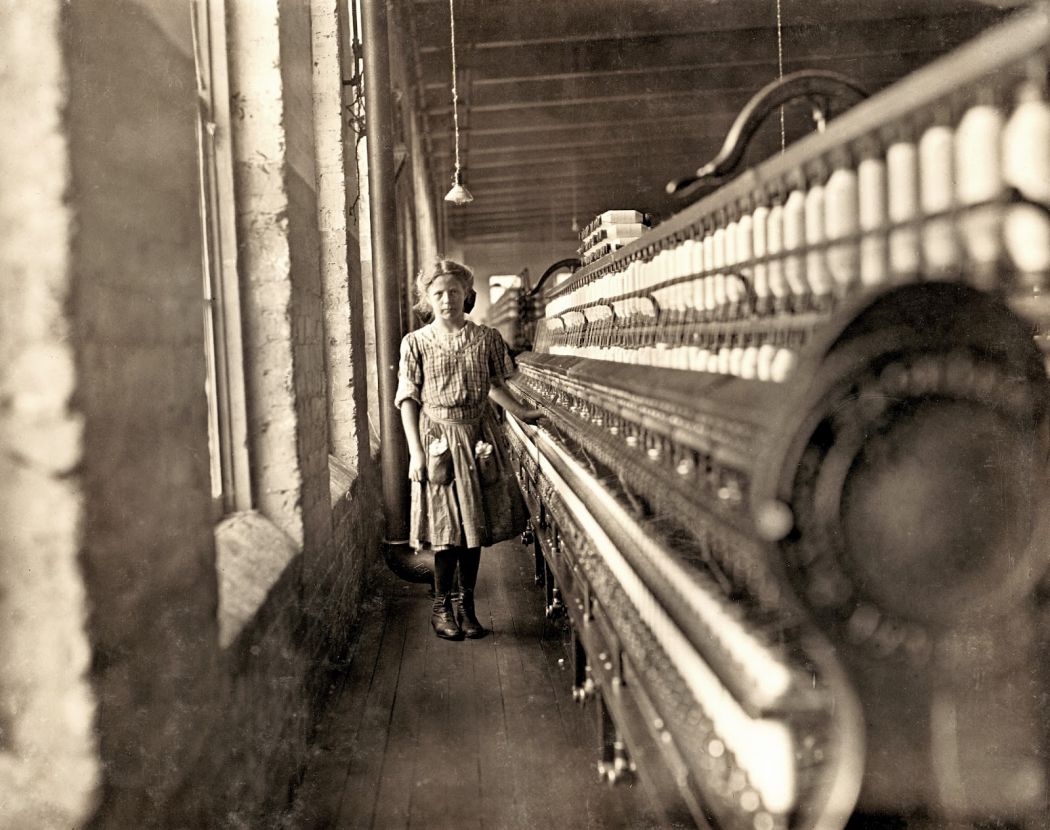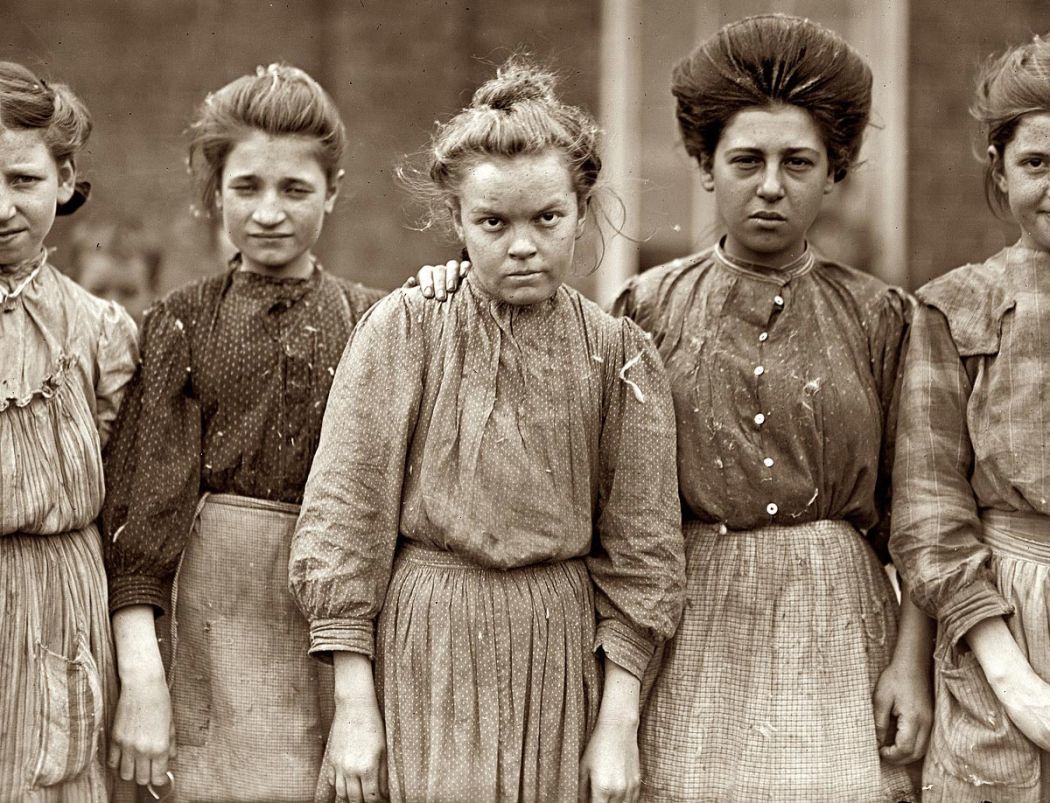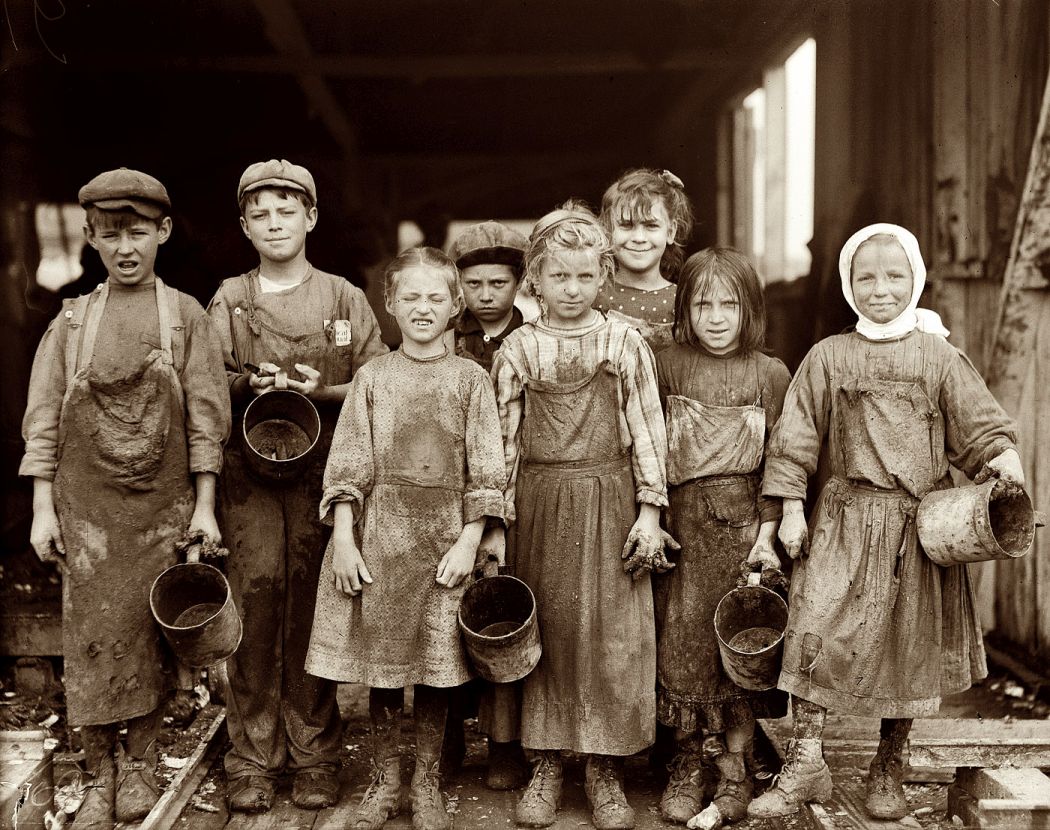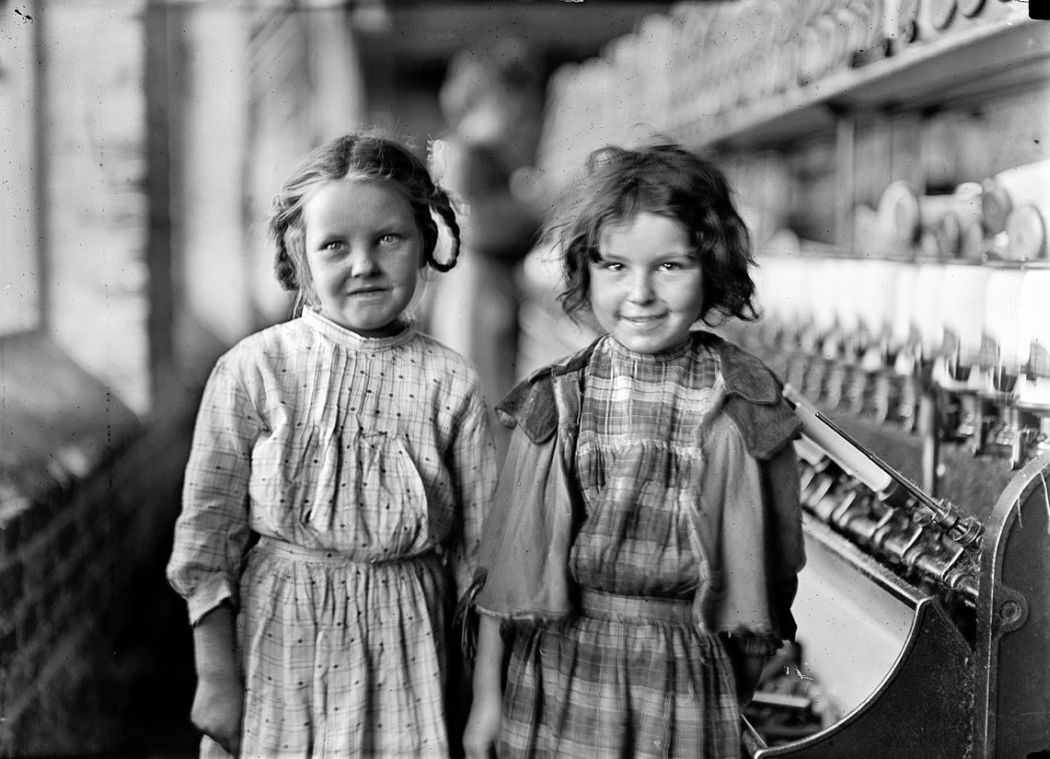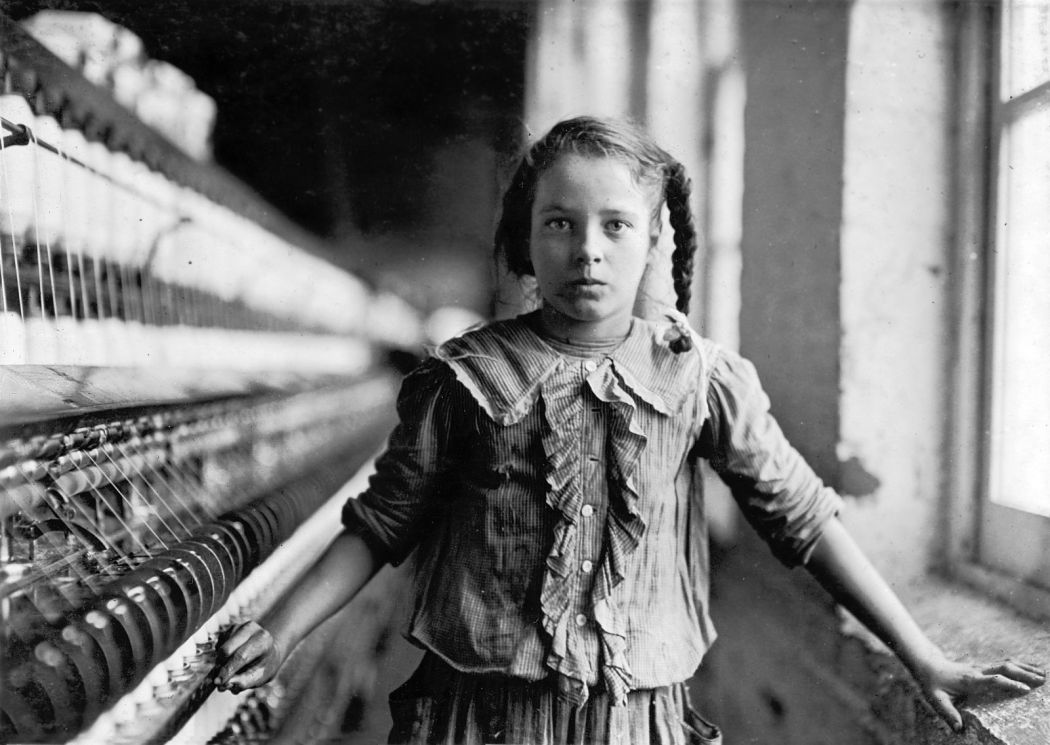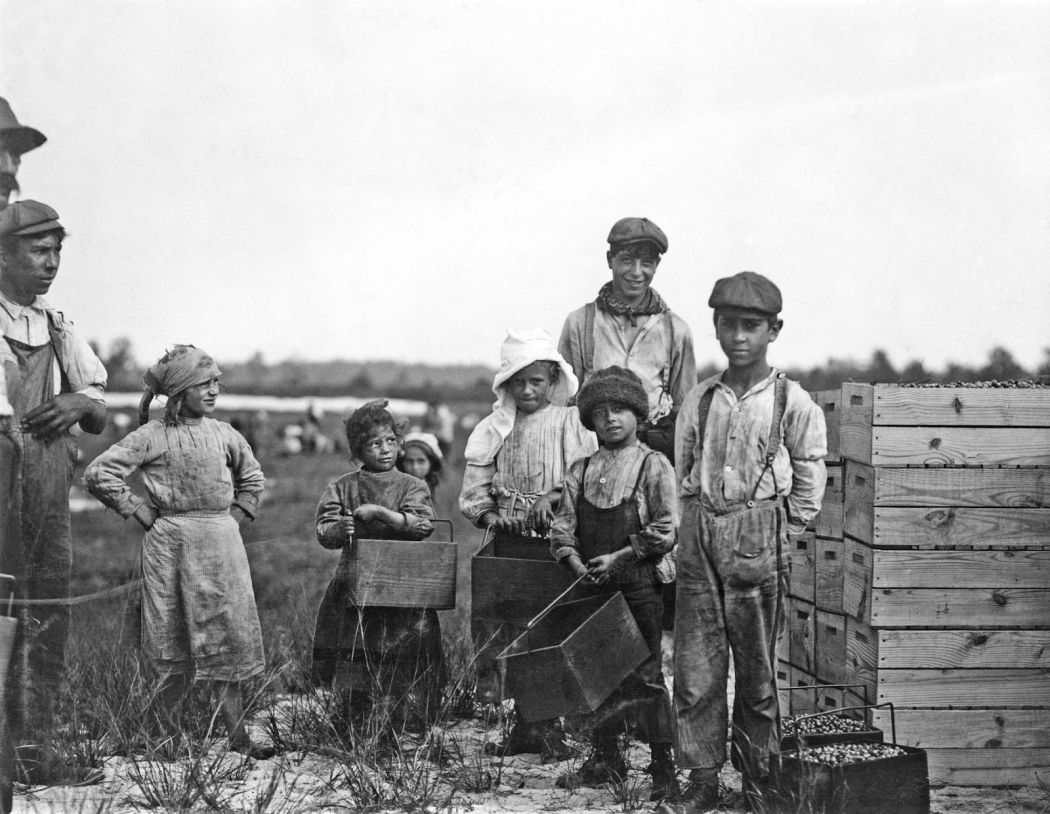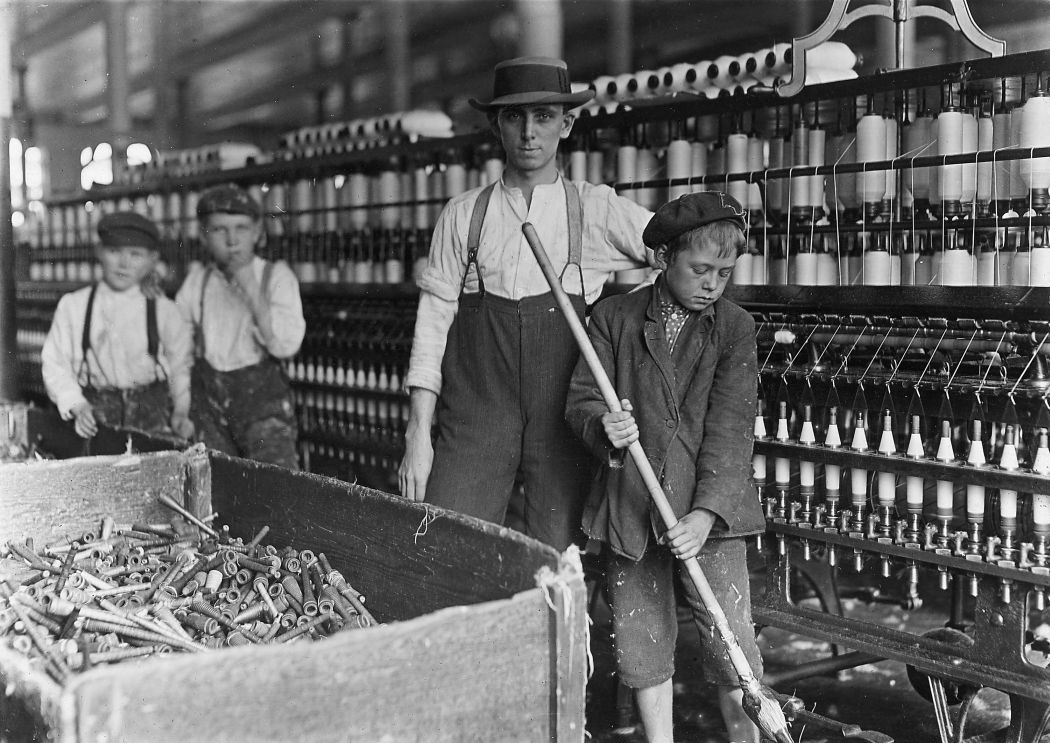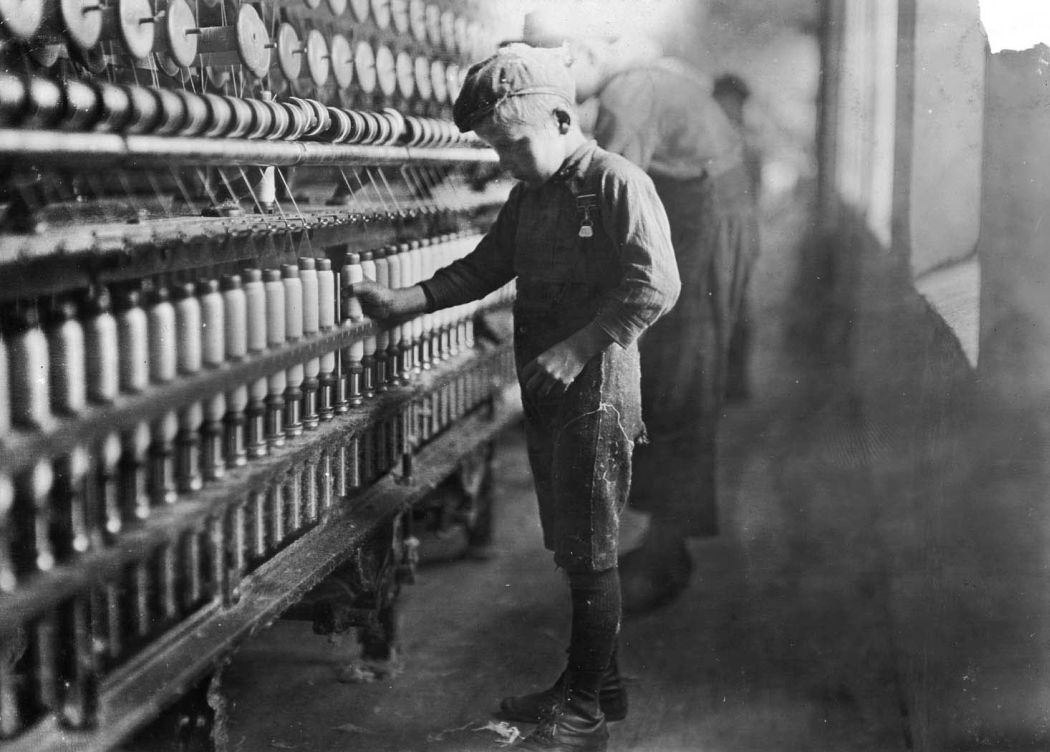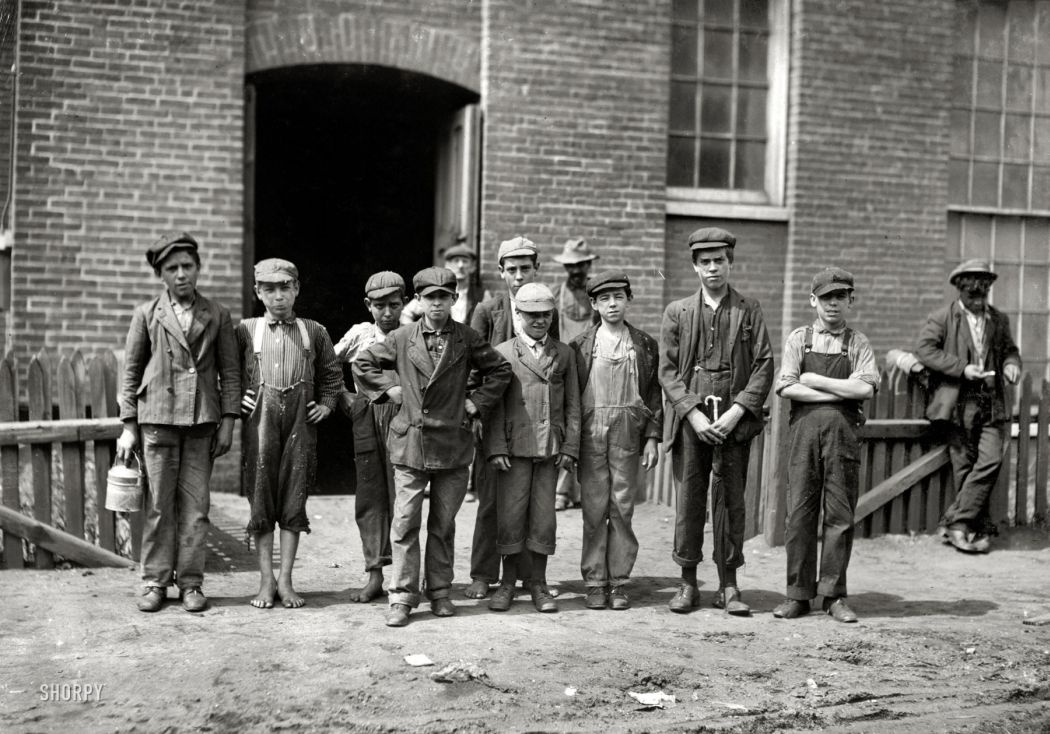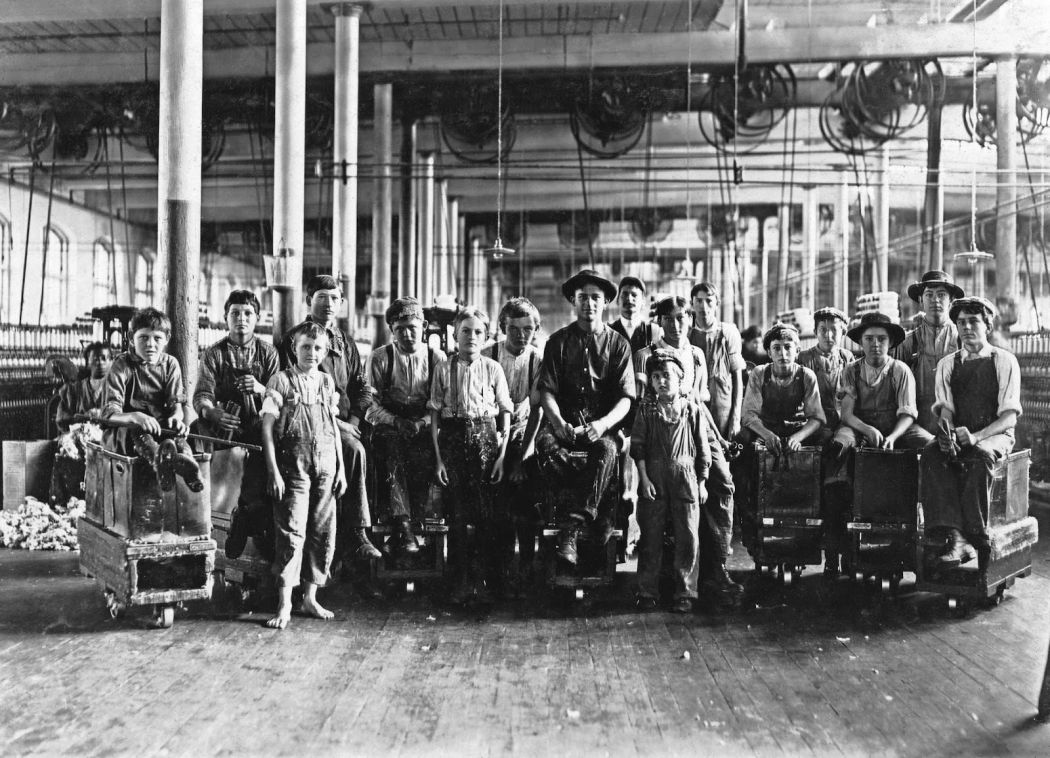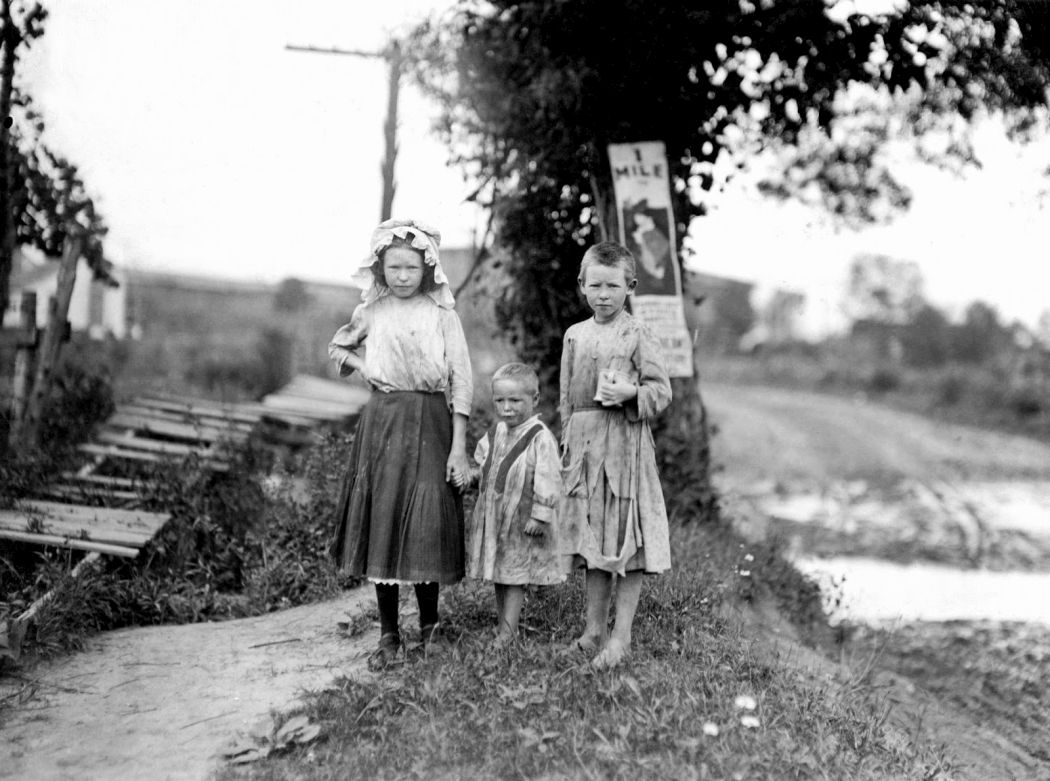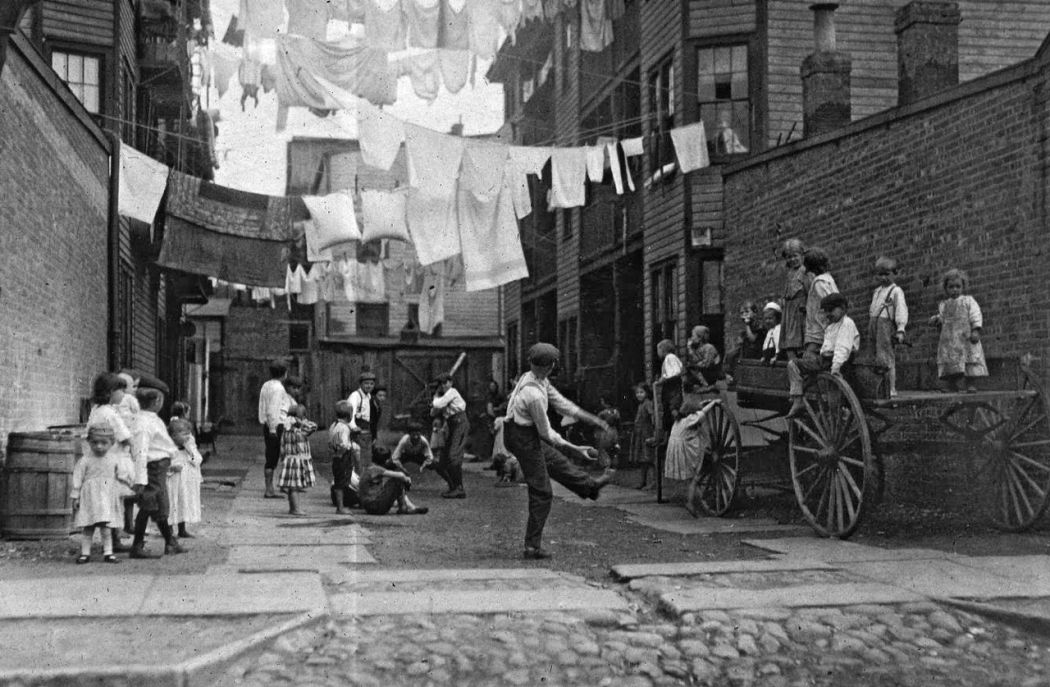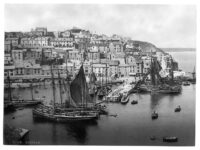Lewis Hine (1874 – 1940) was an American sociologist and photographer.
Hine was educated as a sociologist at the University of Chicago, during the years when John Dewey and Thorstein Veblen were on its faculty. He continued his education at New York and Columbia Universities, and taught at the School of Ethical Culture. (Among his students there was Paul Strand, whom Hine introduced to photography.) Hine was past thirty when he seriously took up photography; by instinct and by training he conceived of the medium as a means of studying and describing the social conditions around him. He is today spoken of perhaps more often as a social reformer than as a picture-maker. He realized, however, that his pictures “proved” nothing; if they were to contribute to social change they must first affect the sensibilities of those who saw them. Much of Hine’s work is not a protest but a celebration of people who had nerve, skill, muscle, and tenacity. There is in his pictures little pity and much love and respect for those who were casually called the common people.
Hine was one of the masters of a splendid new camera called the Graflex. For the first fifty-odd years of photography, the photographer had to compose and focus his picture upside-down on a groundglass in the back of his camera, then insert the holder that held the sensitive plate. Once the plate was in the camera, the photographer was shooting blind, unable to change either his framing or his focusing. With the Graflex on the other hand, he saw his picture just as the camera would record it until the very instant that he pushed the trigger. This meant that he could frame his subject boldly, to the very edges of the plate; he could change his angle of view at the last moment; he could focus selectively on the most important plane of his subject, allowing the nearer and farther planes to be recorded out of focus. His picture is characteristic of the new kind of graphic economy and forcefulness that Hine helped discover for photography.

